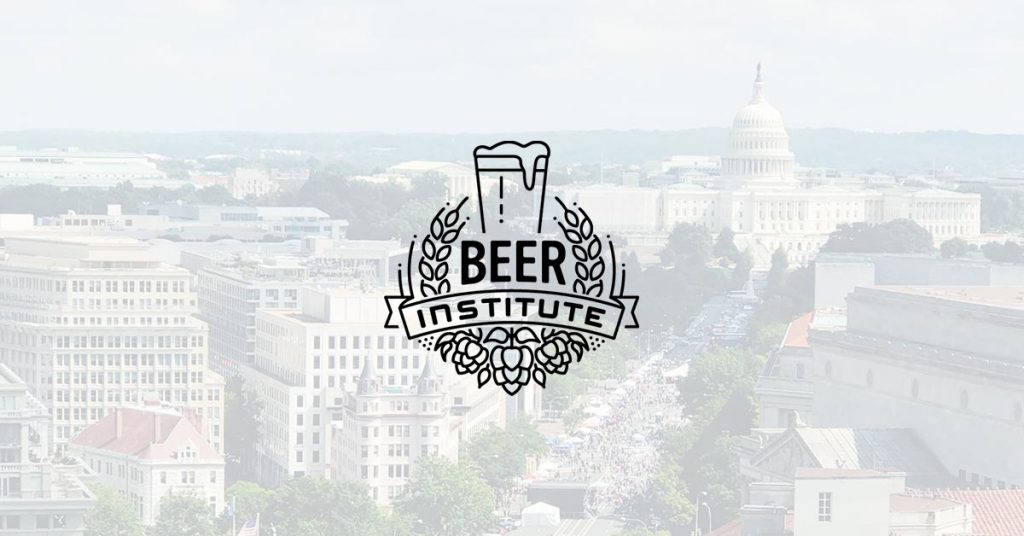
Domestic tax paid shipments declined by more than 10.59 million barrels in 2023, according to the Beer Institute (BI), citing estimates from the Alcohol and Tobacco Tax and Trade Bureau (TTB).
More than 151.49 million barrels of beer were shipped in 2023, a decline of -6.5% versus 2022, according to the BI. Those numbers could shift slightly in next month’s report, as the TTB could still adjust its December figures.
With the numbers as they stand, the decline is an acceleration from the -5.6% decline recorded in 2022 (-9.48 million barrels). Original 2022 estimates had the year down -4.6% versus 2021.
For the final month of 2023, domestic tax paids declined -3.5%, to 11.7 million barrels. Despite the decline, December was still “the strongest month for the industry since February on a year-over-year percentage basis,” BI chief economist Andrew Heritage wrote.
The TTB reported year-over-year (YoY) declines for 11 of the 12 months in 2023, with the exception of February, when shipments increased +1.4% (+156,000 barrels). The steepest YoY declines were recorded in May (-11.8%), October (-11.8%) and September (-10.5%). All other declines, except for December, ranged from -3.5% (January) to -8.1% (June).
State shipments ended 2023 down -3.5%, to 192.25 million barrels, marking a loss of more than 7 million barrels. All 50 states had less shipment volume in 2023 than 2022. However, Heritage noted that “state shipments data is subject to revision,” as brewers and state governments continue to submit full-year data.
Heritage also noted that some “large beer states” were also able to combat overall trends, including Texas (-1% vs. 2022), North Carolina (-1.6%) and Washington (-1.8%). California, which Texas surpassed in 2022 as the No. 1 beer market by state shipment volume, ended 2023 down -5.6%, marking a loss of more than 1 million barrels. Texas is now ahead of California by around 1.5 million barrels, through December 2023.
December state shipments were down -1.3% YoY, to nearly 14.13 million barrels. Twenty-one states were able to record an increase in December shipments YoY, including double-digit gains in Delaware (+18.5%), North Dakota (+13.5%) and Utah (+15.8%).
Other states with YoY increases include: Arizona (+9.2%), California (+4.4%), Connecticut (+3.8%), Hawaii (flat), Louisiana (+3.4%), Maryland (+2.8%), Montana (+0.6%), Nevada (+5.6%), New Hampshire (+2.4%), New Mexico (+5.9%), North Carolina (+2%), Oregon (+5.5%), Pennsylvania (+4.5%), South Carolina (+2.1%), South Dakota (+6.4%), Tennessee (+0.2%), Washington (+5.9%) and Wyoming (+6.7%).
Beer imports ended 2023 down -1%, a loss of nearly 400,000 barrels versus 2022. The decline is a stark change from the +2.9% increase in import volume recorded in 2022 (+1.15 million barrels).
Mexican imports now account for 81.5% of total imported beer volume, after increasing volume +1.9% in 2023 (+4.24 million gallons or +137,000 barrels), to more than 1.01 billion gallons (approximately 32.58 million barrels). The next largest country by beer import volume, the Netherlands, was down -15.7% in 2023, to more than 111 million gallons (approx. 3.58 million barrels).
December imports declined -2.3% YoY, to more than 3.05 million barrels. Mexican imports were up +5.8% in December (+4 million gallons), while the Netherlands was down -45.7% YoY (-6 million gallons).

2024 Predictions: A ‘Strong’ Growth Outlook for the Economy
“This year is set to be a return to normalcy after several years of pandemic disruptions played their way out in the economy,” Heritage said, looking ahead at trends and expectations for 2024.
“Immediately after the pandemic, consumer habits shifted temporarily, and brewers worked to rebuild inventories after pandemic-related closures,” he continued. “The result was a mismatch of inventories growing faster than sales.”
The shipment declines in 2023 can be credited to inventories falling back “in line with sales toward the end of the year,” a trend that was “not exclusive to beer,” but happened to all bev-alc, according to Heritage.
The off-balance inventories and “macroeconomic headwinds” are expected to ease in 2024.
“Despite tighter credit conditions, consumers are still spending and the growth outlook for the economy is strong,” Heritage said. “This bodes well for the beer industry.
“Given that the early part of 2023 was mildly strong, it will not be until midyear for annual gains to emerge in the data,” he continued. “Expect the first quarter to look similar to the end of 2023 with year-over-year increases in volume emerging by summer. Volume should return to pre-pandemic trend of low single-digit growth for the year.”
The BI will release its January 2024 economic reports on March 8.